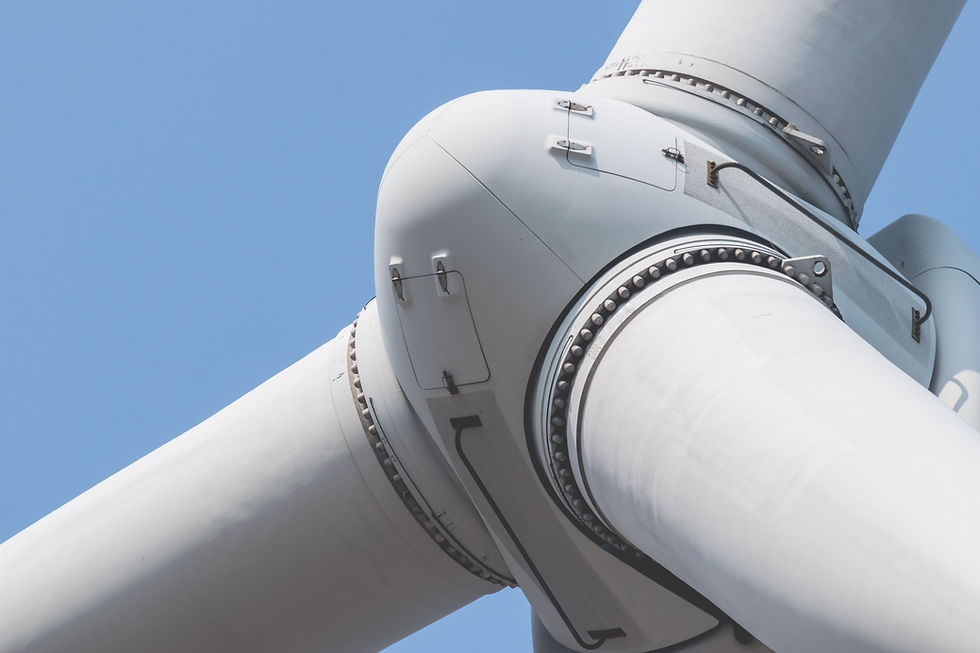The Role of Heavy Castings in the Global Wind Energy Supply Chain
- WMC

- 3 days ago
- 2 min read

The global shift toward renewable energy has made wind power one of the fastest-growing sectors in infrastructure and energy development. Behind the towering blades and nacelles of modern turbines lies a foundation of heavy castings — massive iron and steel components that provide the strength, precision, and durability necessary for reliable operation. According to the Global Wind Energy Council (GWEC), the wind industry installed a record 117 GW of new capacity in 2024, and the outlook remains strong as the sector scales through 2030.
Why Heavy Castings Matter in Wind Turbines
Each wind turbine depends on critical cast components to ensure stability and efficiency. Large hubs, nacelle frames, main bearing housings, and yaw or pitch system rings must withstand enormous loads, vibrations, and temperature fluctuations. Castings provide the dimensional stability and mechanical strength that fabricated alternatives cannot always guarantee, especially at large scales. A 2023 report by the International Energy Agency (IEA) highlights that average turbine capacity is increasing by 5–7% annually, which directly raises the demand for larger and heavier castings.
For offshore turbines, the demand for robust castings is even greater. Saltwater corrosion, extreme weather, and constant motion all require materials engineered to the highest standards. Heavy cast iron and steel deliver the performance needed for decades of operation. Research by DNV confirms that offshore wind turbines face structural loads up to 20% higher than their onshore counterparts, further underlining the need for heavy-duty components.
From Design to Delivery
Producing these components requires more than just foundry capacity. Precision engineering, metallurgical expertise, and strict quality assurance are essential. At Woosung Metal Company, castings up to 80 tons can be produced in a single piece, reducing assembly points and improving overall reliability.
Our integrated process includes 3D design, mould development, melting, casting, machining, and final inspection. Every step is managed under international certifications such as ISO 9001, ISO 14001, ISO 45001, and CE PED, ensuring consistency and compliance with global standards. This aligns with best practices outlined by the American Wind Energy Association (AWEA) for critical component suppliers.
Meeting Global Demand
The wind energy market is expected to expand rapidly over the next decade, with larger turbines driving demand for heavier and more complex castings. Supply chain reliability is therefore a critical factor. South Korea, with its advanced industrial base and tariff advantages in key export markets, provides a strategic location for global supply. Independent forecasts point to sustained growth led by Asia-Pacific and a sharp scale-up globally. For example, Wood Mackenzie projects cumulative global wind capacity to reach about 2.38 TW by 2032, underscoring the importance of regional manufacturing capacity in APAC and beyond.
Woosung supports projects in Europe, North America, and Asia by offering short lead times, full traceability, and the ability to scale production for large offshore installations.
Looking Ahead
As wind power continues to play a central role in the transition to renewable energy, the importance of heavy castings in the supply chain will only increase. By combining advanced engineering with large-scale production capacity, Woosung Metal Company is positioned to support the next generation of wind turbines — stronger, larger, and built to last.



Comments